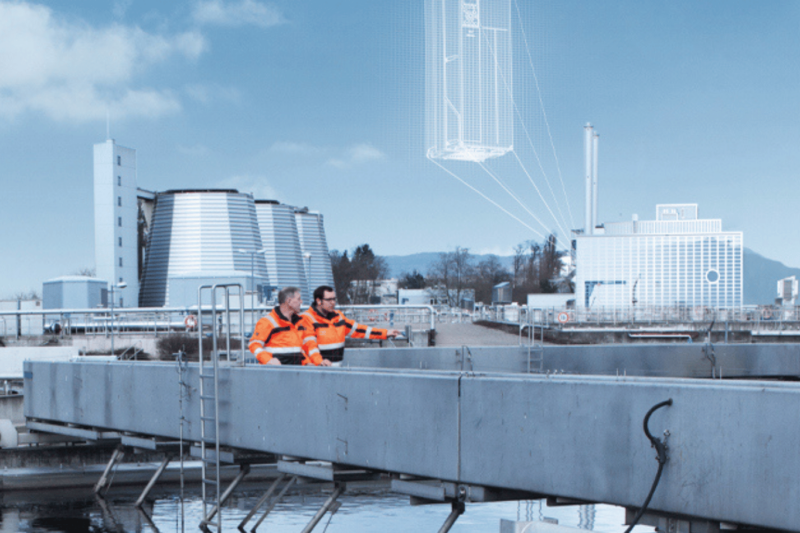Solution provider

The global climate crisis caused by carbon emissions is a key threat to society and our planet. Danfoss’ energy-efficient and climate-friendly solutions enable a cost-effective green transition.
Case
Wastewater treatment
Wastewater management
Wastewater-to-energy


The global climate crisis caused by carbon emissions is a key threat to society and our planet. Danfoss’ energy-efficient and climate-friendly solutions enable a cost-effective green transition.
Add the case to your visit request and let us know that you are interested in visiting Denmark
Photo credit: Danfoss
Wastewater treatment involves energy-intensive processes running around the clock. Energy is used to pump water through sewers to treatment plants, where substantial amounts of energy are needed in aeration tanks, internal pump operations, and sludge treatment. Wastewater treatment plants have significant potential for producing energy, both in electricity and heat.
To reduce energy consumption and improve energy production, almost all equipment at the Marselisborg catchment area using an electric motor was fitted with variable speed drives—125 in total. The drives offer controllability that ensures the precise amount of energy needed for optimal performance, contributing to a better sludge balance and enhanced energy production.
Alongside the 125 drives, typically VLT® AQUA Drive, a series of online sensors are installed throughout the WWTP. They provide critical information in real-time, allowing for the automatic calculation of setpoints for the drives. As a result, the Marselisborg WWTP operates with high energy efficiency.
The plant also generates energy from biogas created from household wastewater. Sludge is extracted from the wastewater and pumped into digesters, which produce biogas—mostly methane—that is then burned to generate heat and electricity.
This means that the Marselisborg WWTP produces enough energy to cover the entire water cycle of a city area with 200,000 people, with an estimated return on investment of 4.8 years. It has also resulted in excess heat from wastewater treatment that can heat buildings and industries through district energy systems.
The energy balance at the Marselisborg catchment area averages 100% but fluctuates seasonally. When generating power based on sludge, expectations must be realistic; these biologically based processes, with variable input volume, content, and occasionally unpredictable chemistry, naturally lead to variations in power production and energy consumption.
It’s important to note that the facility receives no energy from solar or wind installations. It isn’t supplemented with fat, oil, and grease (FOG) from the food industry or sludge from other facilities. The wastewater inflow is from a combined sewage network system. All the energy generated at Marselisborg WWTP comes from normal household wastewater, representing 90% of the incoming load.
Marselisborg WWTP operates reliably, with a return on investment (ROI) of 4.8 years. Seventy per cent of improvements are achieved through better process control. For this and other facilities, the ROI has been below three years.